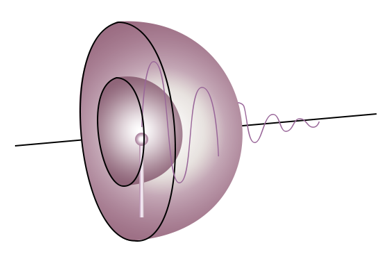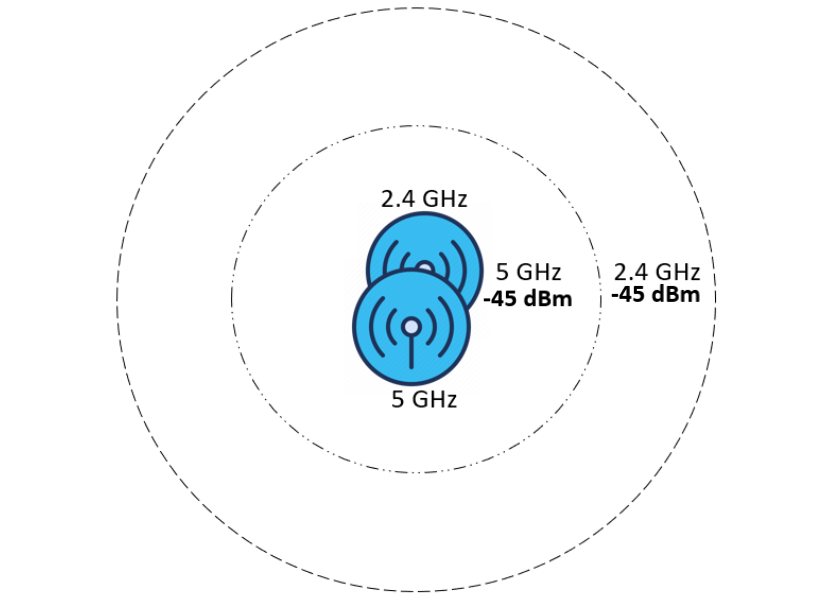Free space path loss is an important component of the link budget, together with the antenna gain and the cable loss. Free space path loss is the decline in the RF signal’s amplitude as it moves across free space. The signal strength will deteriorate even if there are no obstructions in the path between the two antennas, the transmitting, and the receiving antenna.
With an RF signal’s free space propagation, the electromagnetic waves keep expanding as it moves, and the signal strength weakens due to this expansion.
The free space loss principle is shown in a dissected perspective below. Assume that the antenna is a small point wherein the RF energy is transmitted in all directions. The wave would resemble a spherical shape, and it expands as the wave moves farther away.

The same quantity of energy released from the transmitting antenna covers a continuously growing sphere in free space. The further the distance from the antenna, the weaker the energy concentration gets.
Free Space Path Loss Calculation
The amount of signal strength lost across free space is constant regardless of the antenna deployed. The electromagnetic energy would still travel as a wave and spread out over a distance.
The following formula may be used to determine the Free Space Path Loss (FSPL) for isotropic antennas in decibels (dB):
FSPL = 20log10 (d) + 20log10 (f) + 32.44
The (d) represents the transmitter’s distance in kilometers, while the (f) represents the frequency in megahertz. The FSPL function is exponential. The signal strength decreases rapidly when near the transmitter but slowly when more distant. The antenna gains, transmitter gain, and receiver gain, are not considered in an FSPL calculation. Instead, the path loss alone is examined.
2.4 GHz vs 5 GHz FSPL
Free space path loss is greater in the 5 GHz band compared with the 2.4 GHz band. The loss increases as the frequency increases. If the two bands have the same amount of transmitted signal strength, the 2.4 GHz devices would have a wider effective range compared to 5 GHz devices. The image below shows the range difference of the transmitters with an equal EIRP.

The free space path loss accounts for most of the difference. Still, other factors such as antenna size and receiver sensitivity that vary between 2.4 and 5 GHz radios also have an impact.
Download our Free CCNA Study Guide PDF for complete notes on all the CCNA 200-301 exam topics in one book.
We recommend the Cisco CCNA Gold Bootcamp as your main CCNA training course. It’s the highest rated Cisco course online with an average rating of 4.8 from over 30,000 public reviews and is the gold standard in CCNA training:
